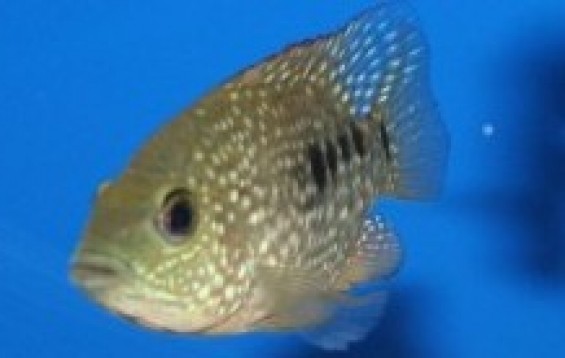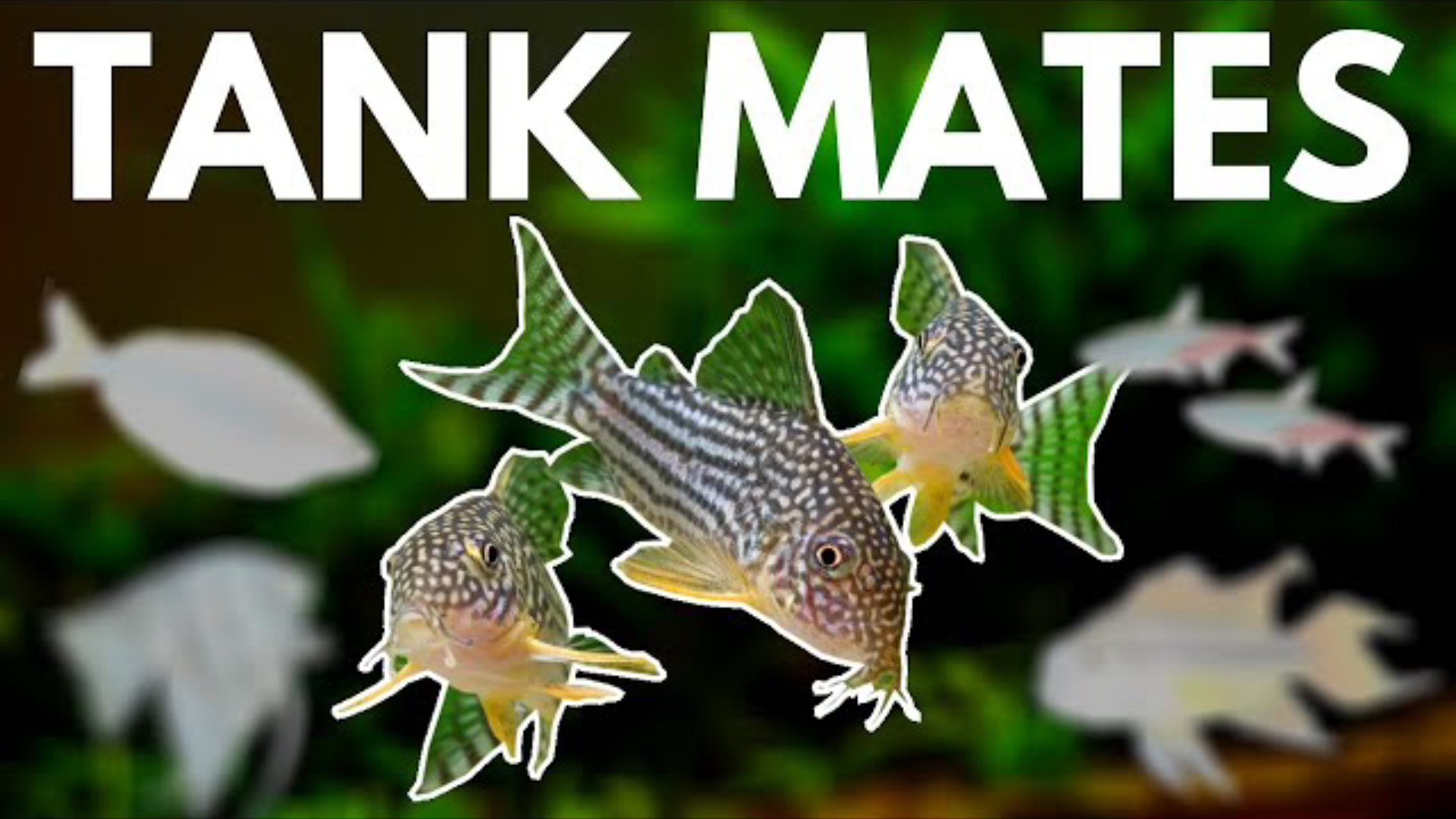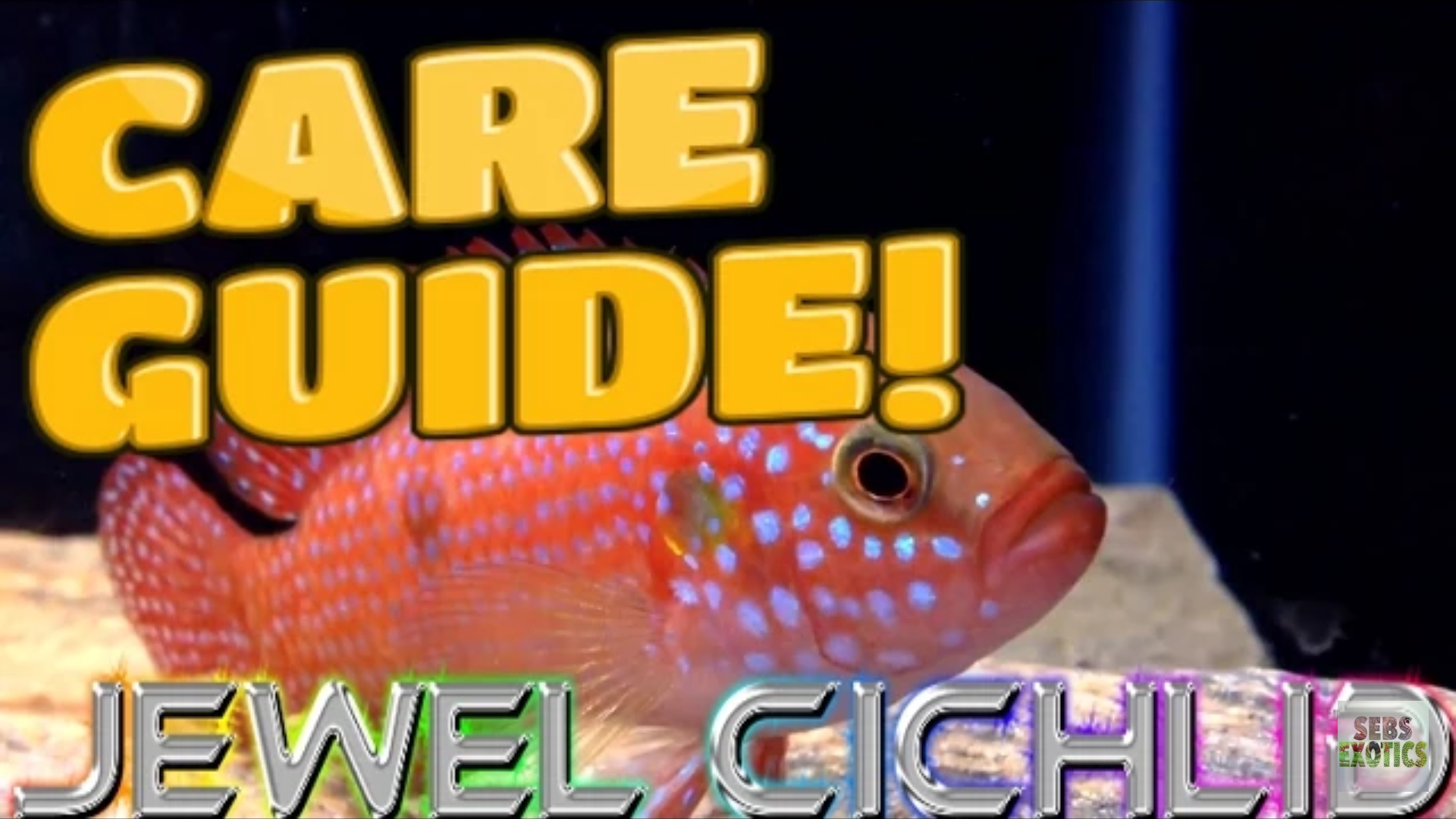- Name:
Texas Cichlid
(View AKA's) - Family: Cichlidae
- Species: New World Cichlids
- Scientific Name: Herichthys cynoguttatus


General info about Texas Cichlid
As juveniles these fish are pearly gray with white dots all over the body and fins and two black spots, one in the center of the body and the other on the base of the tail fin. Adults are gold and have white and turquoise spots and 3 black bars and mature males will develop a hump on their foreheads. They can reach up to 12 inches.
To keep these fish in captivity, water should be well oxygenated and clean, its temperature should range from 70°F to 75°F and its pH should be between 6.0 and 7.5. The tank should have a deep layer of sandy substrate, floating vegetation, rocks and pieces of driftwood. They like to dig a lot so there is no point in keeping many decorations in the tank, it is also best to avoid under gravel filtration. They are aggressive and as such aren’t the best species to keep in community aquariums, however, they can be kept with other large and aggressive species. It is important to mention that each individual has its own personality, some individuals may be so aggressive that they can’t be kept in community aquariums at all. They can be kept either alone or in pairs, a 60 gallon tank is the minimum recommended to keep a single fish while a 100 gallon tank is the minimum recommended for a pair.
Texas Cichlid Diet & Nutrition
This species is omnivorous. In the wild it feeds mainly on invertebrates but may also feed on plant matter. In captivity, they can be fed with dried foods but these should be supplemented with live or frozen foods.
Determining Sex of Texas Cichlid
Mature males develop a nuchal hump on their foreheads while females don’t.
Breeding & Spawning Texas Cichlid
To breed this species in captivity, a tank of around 6’ in length is necessary, it should have large rocks and flowerpots and water temperature should be above 72°F. The best way to get a pair is to get a group of 6 and allow it to pair off naturally, once one forms the other fish should be removed. Once the pair start to spawn their coloration changes. The eggs take 2 to 3 days to hatch and the fry become free swimming 4 to 5 days later. Once the eggs hatch the male may become too protective of them and start attacking the female so it is best to have a divider in the tank in case it is necessary to separate them.
Common Diseases with Texas Cichlid
Large Cichlids, like the Red Devil, are prone to get “Hole in the Head” disease. This disease is very common in poor water conditions and poorly fed fish. Its symptoms include cavities in the head and face.
Texas Cichlid Origin
This species is the only cichlid that is native to the US. It inhabits slow-moving waters.
Acclimating Texas Cichlid
The water in which these fish are packaged is different from the water in the tank, since these fish are extremely sensitive to water conditions the acclimation process is very important. This process should never be rushed. Aquarium lights should be off for at least the first 4 hours of the fish in the new tank and it should not be fed in the first 24h. There are two acclimation methods: Floating Method and the Drip Method.
Floating method - the aquarium lights should be off and lights in the room should be dim, the bag in which the fish is should be placed in the surface of the water to float for about 15 minutes, this allows the water in the bag to adjust to the water in the tank. The bag should then be cut under the knot and the top edge of the bag should be rolled down one inch, then ¼ cup of the aquarium water should be added to the bag, this step should be repeated every 4 minutes until the bag is full, then half the water of the bag should be discarded and the bag should be put to float again and ¼ cup of the aquarium water should be added to the bag every 4 minutes until the bag is full. Afterwards, the Discus can be moved into the aquarium.
Drip method – the aquarium lights should be off and lights in the room should be dim, the bag in which the fish is should be placed in the surface of the water to float for about 15 minutes, this allows the water in the bag to adjust to the water in the tank. The bag contents should be poured into a 1 gallon bucket that has never been cleaned with any chemicals, the fish should be enterally submerged. A siphon, using airline tubing, should be set up and a drip line should run from the main aquarium to the bucket. Several loose knots should be tied in the airline tubing to regulate flow. Sucking the end of the airline tube that goes to the bucket will begin a siphon, the flow should be regulated to 2 to 4 drips per second. Once the water in the buckets doubles, half should be discarded and the process should be repeated until it doubles again. Afterwards, the fish can be moved to the aquarium.
Original Detail
| Name | Species | Family | Scientific Name | More Detail | Added by |
|---|---|---|---|---|---|
| Texas Cichlid | New World Cichlids | Cichlidae | Herichthys cynoguttatus | As juveniles these fish are pearly gray with white dots all over the body and fins and two black spots, one in the center of the body and the other on the base of the tail fin. Adults are gold and have white and turquoise spots and 3 black bars and mature males will develop a hump on their foreheads. They can reach up to 12 inches. To keep these fish in captivity, water should be well oxygenated and clean, its temperature should range from 70°F to 75°F and its pH should be between 6.0 and 7.5. The tank should have a deep layer of sandy substrate, floating vegetation, rocks and pieces of driftwood. They like to dig a lot so there is no point in keeping many decorations in the tank, it is also best to avoid under gravel filtration. They are aggressive and as such aren’t the best species to keep in community aquariums, however, they can be kept with other large and aggressive species. It is important to mention that each individual has its own personality, some individuals may be so aggressive that they can’t be kept in community aquariums at all. They can be kept either alone or in pairs, a 60 gallon tank is the minimum recommended to keep a single fish while a 100 gallon tank is the minimum recommended for a pair. |
PalaciosAn |





